The Flying Dutchman 101: Program Notes
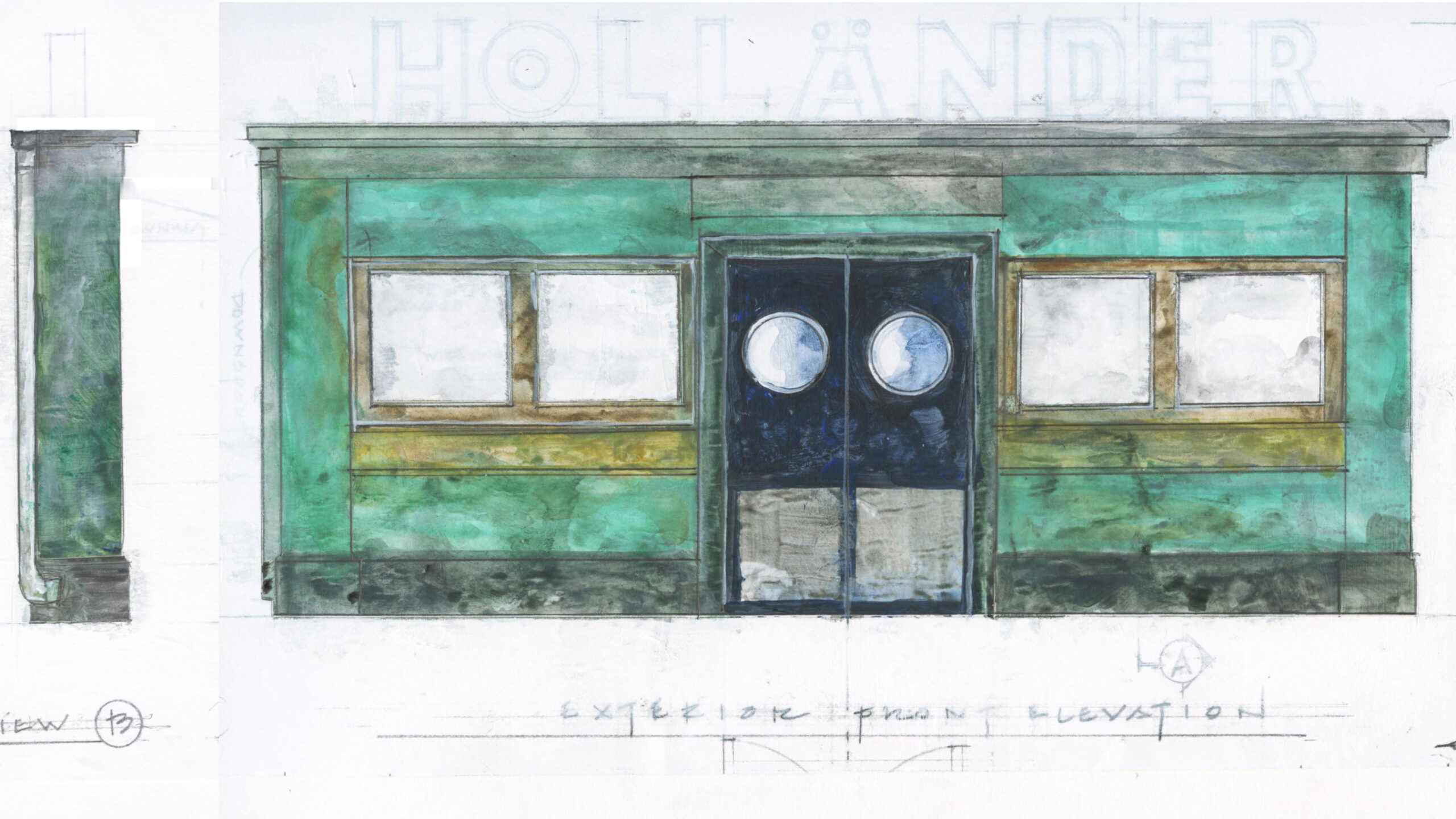
By: Betsy Schwarm
Richard Wagner was a master of both music and story, which you will see well-reflected in his work The Flying Dutchman. To learn the full story of the opera, check out The Flying Dutchman 101: Characters and Plot. To have a deeper dive into the music and history of this opera, check out these insights from music historian Betsy Schwarm.
The Origins of The Flying Dutchman
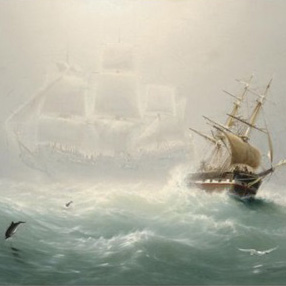
Richard Wagner (1813–1883) did not invent the tale of the Flying Dutchman. Stories of a doomed sailing ship and its cursed captain are found in the legends of numerous seafaring lands. In fact, Wagner originally set his opera on the coast of Norway by the North Sea because he was influenced by a recent experience of sailing through that area during a horrendous storm.
Heinrich Heine (1777–1856) tells the general story in his novella From the Memoirs of Herr von Schnabelewopski (1831). Fortunately, Wagner gave his operatic version a less unwieldy title! The Flying Dutchman was first staged in Dresden, Germany on January 2, 1843. Wagner, who was serving as the city’s royal music director at the time, both wrote the libretto and conducted the performance.
The piece tells of a ship captain and his crew, condemned to sail the seas forever until the captain—known only as the Dutchman—finds a woman who will be faithful to him. As Wagner and Heine tell it, such a peerless woman is found: Senta. Alas, the Dutchman doubts her promises and leaves to resume his endless voyage. The despairing Senta swears she has been true to him to the very end, proving that statement with her final action.
Showcasing Wagner’s Strengths
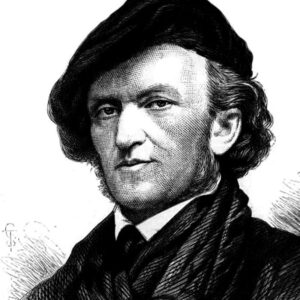
The Flying Dutchman was Wagner’s fourth opera, though his earliest that is still performed today. When it premiered, the composer was not quite thirty. His most innovative stylistic ideas were still decades in the future, though his fondness for orchestral richness and long, flowing vocal lines was already in place. Wagner à la The Flying Dutchman is a bold step along the road to Wagner à la the Ring Cycle.
Frequently heard as an orchestral showpiece, the widely familiar overture makes this clear. Indeed, no one is singing, but the melodies are there, especially the rolling, turbulent themes that perfectly evoke a storm at sea. Love themes appear that will later reemerge in the opera, and there is even a jolly sailor’s chorus. That chorus does not belong to the Dutchman’s own crew, as they have nothing about which to be jolly. However, it does present an appreciated bit of verve and high spirits in an otherwise dark and troubled tale.
Listen to the Overture, performed by the Frankfurt Radio Symphony>>
Powerful Characters
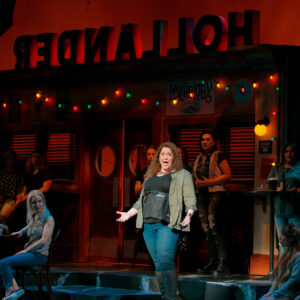
It is, however, the voices that make Wagner’s vision complete. In his care, vocal parts provide not only beautiful singing and words to advance the plot, but also insights into the characters. Why do they do what they do, and how do they feel about it?
The Dutchman and Senta both have arias reflecting on his plight: cursed to sail the seas unendingly until he can find a faithful woman. The Dutchman is anguished; for him, it is a deeply personal pain. Senta, however, envisions the eternal fidelity that could redeem him. Musically speaking, it prepares us for her actions, just as his music sets the stage for his loss of faith.
Hear from our Dutchman, Olafur Sigurdarson, on what this roles means to him in a Q&A>>
The Flying Dutchman Ensemble
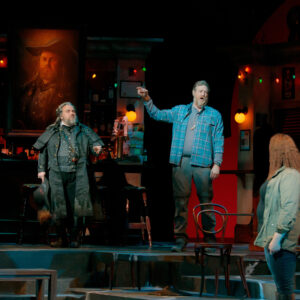
Photo: Opera Colorado/Matt Staver
However, the opera is not solely concerned with the two characters around whom the action revolves. Senta’s father, Daland, also has an aria. Tender, rather than turbulent, it is more songlike than would be Wagner’s trademark in future years. He is not commanding Senta, but instead cajoling her to accept the Dutchman’s request for her as his bride. Within minutes, the match is made.
Beyond the central romance, there are the ladies of the village and the fellows of the sailing ships. In act two’s “Spinning Song,” flowing phrases suggest the rotation of spinning wheels as the young women muse upon their loves “out on the seas.” They tease Senta for her attachment to the young hunter Erik (a trucker in our new production), who will find that he cannot compete with the mysterious ship’s captain. The ringing high notes of Erik’s act three “Cavatina” are no match for Germanic majesty.
There is neither majesty nor mystery to the local sailors. These jaunty fellows are all youthful exuberance longing to return to their sweethearts. Having been anticipated in the overture, the Steersman’s chorus becomes even more vibrant with voices. The Dutchman’s crew also has a chorus, though one more tumultuous than joyous. It was the captain who was cursed, but they are trapped in the same turmoil.
Wagner’s Impact
With The Flying Dutchman, Wagner made his first lasting mark on the opera world. Learn more about Wagner’s impact on the history of opera>>
He imagined opera as not merely an elaborate vocal display standing upon a story, but rather a drama told through music. Wagner preferred Germanic substance to Italianate sparkle. He never entirely conquered the opposing view, but certainly made a strong case for his own.
